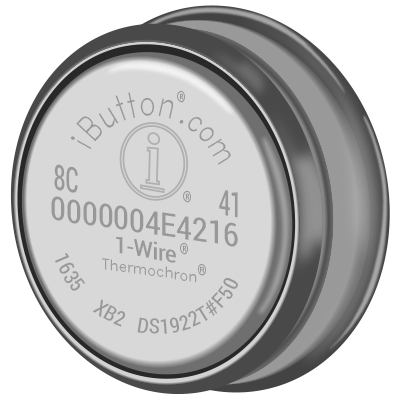
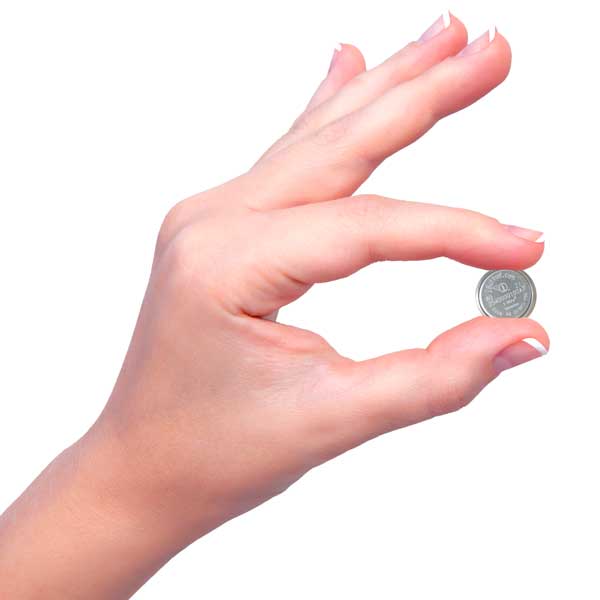
No, it’s not a battery. It’s a Thermochron temperature logger.
Thermochrons measure temperature (and sometimes humidity) and record the readings in memory.
You place the Thermochron where you want to measure temperatures – a refrigerator, a greenhouse, a shipping container, a bain marie, etc. The Thermochron will record temperatures to its internal memory. You can download the readings to see a record of conditions experienced by the logger.
Thermochrons are tiny – about the size of two $2 coins. They are made from stainless steel and they are very resistant to weather. Their small size and toughness makes them ideal for a wide range of temperature logging situations.
Thermochrons have a built-in battery that can last up to ten years.
Thermochrons are so versatile, they can be used in many environments and industries.
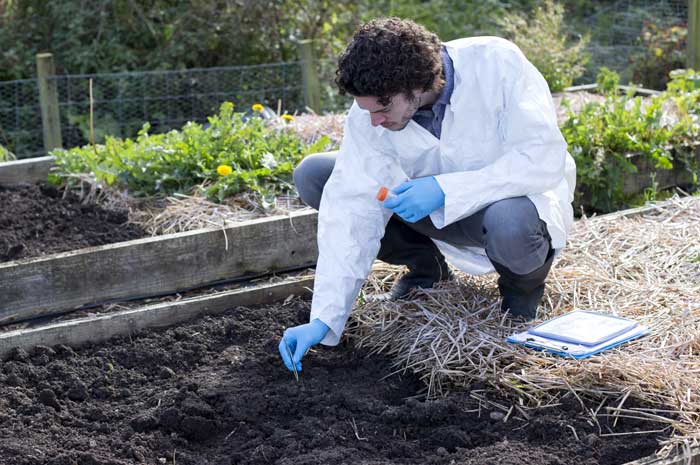
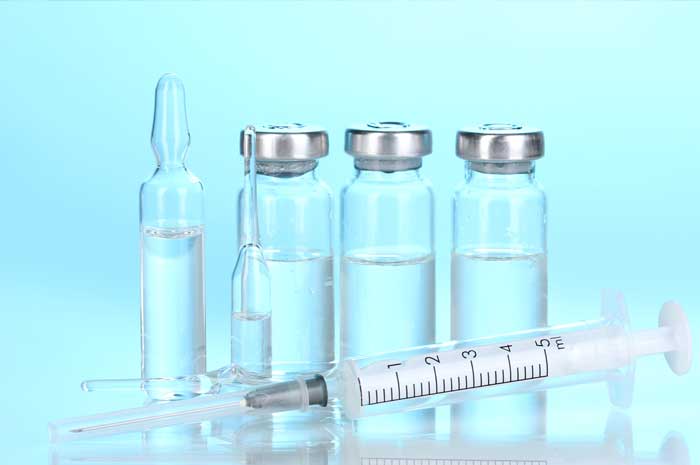
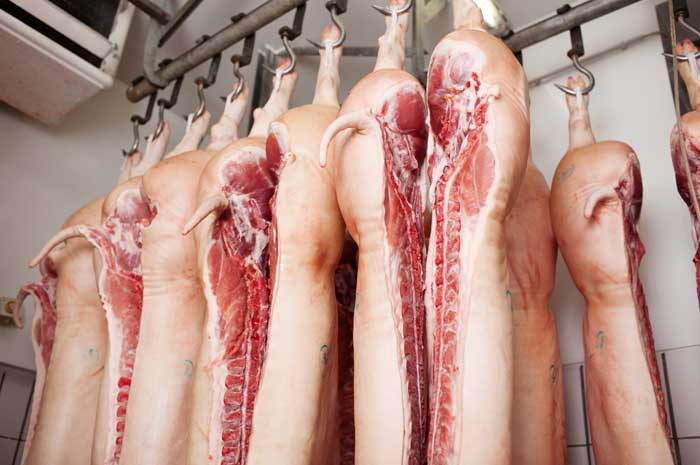
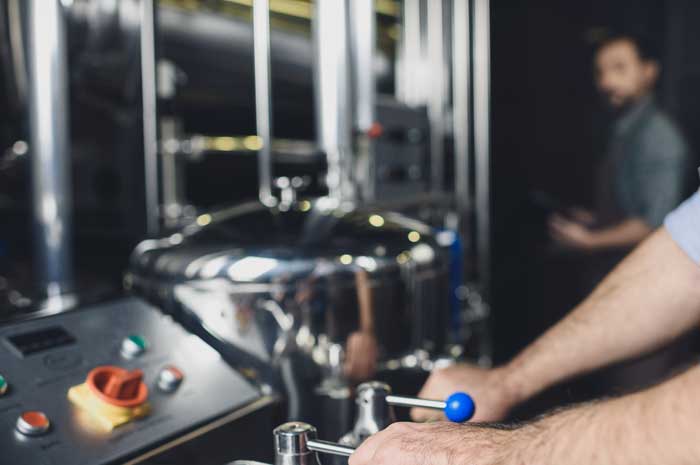
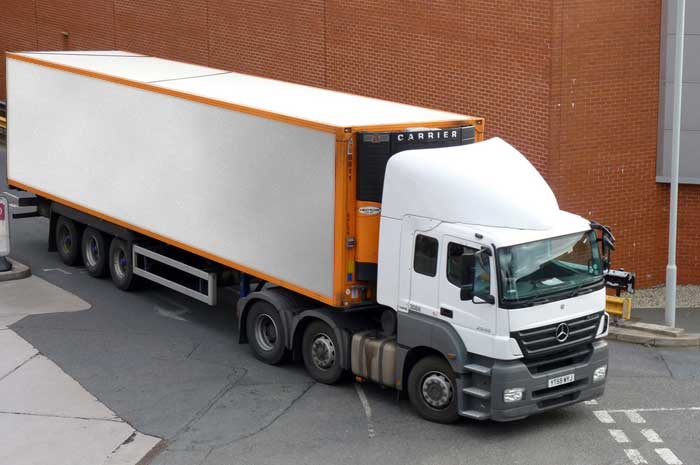
The Thermochron TC has a budget price-tag that makes it ideal for situations requiring multiple loggers: large-area environmental research, shipping, aircon load balancing, etc. But it is still a more than valid choice for single-use applications such as fridges and freezers.
The Thermochron TCS is our most popular model. With a temperature range covering environments from freezers to bain-maries and everything in between, it is a truly versatile device.
No need for a probe. Now you can log temperatures directly inside your incubator, dishwasher, or other high temperature environment.
Humidity can be a critical factor in many environments – from manufacturing to warehousing. This logger measures humidity as well as temperature to give a true picture of the environment.
This is our second unit that breaks the 100°C barrier taking it up to 140°. Ideal for monitoring sterilisers.
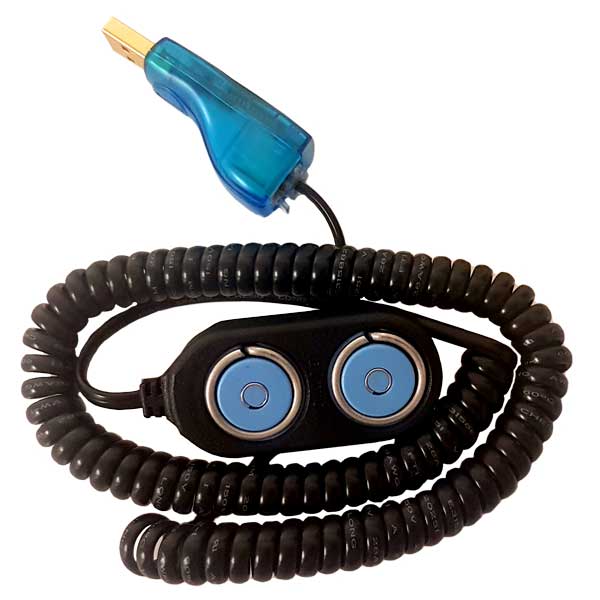
In order to configure Thermochrons and read temperature data, you will need a special iButton Reader.
Ours come complete with USB connection and a full licence of eTemperature – the easiest, most powerful software for Thermochrons and Hygrochrons.
Read how GD Pharmaceuticals are using Thermochrons to monitor storage and manufacturing environments

Not sure which Thermochron is right for you? Need a hand setting things up? Got some strange data you want explained?